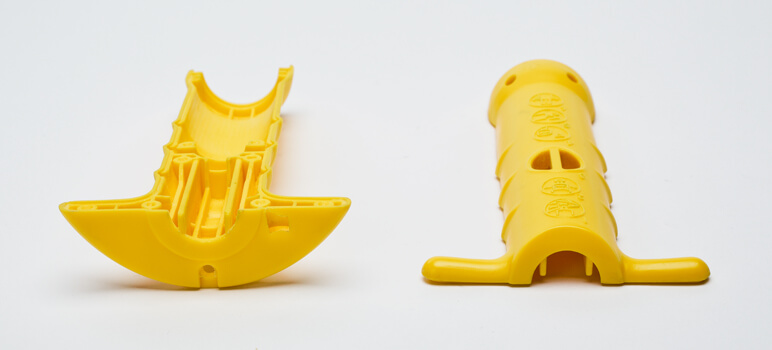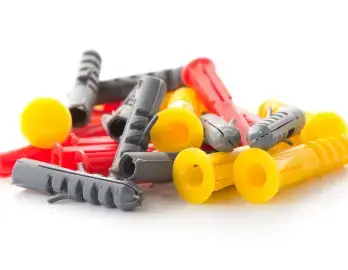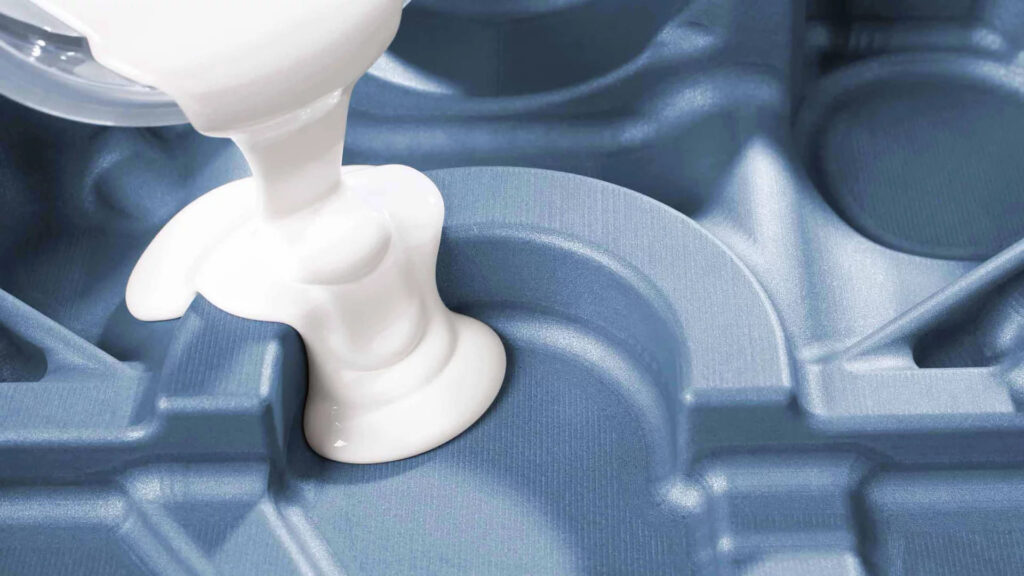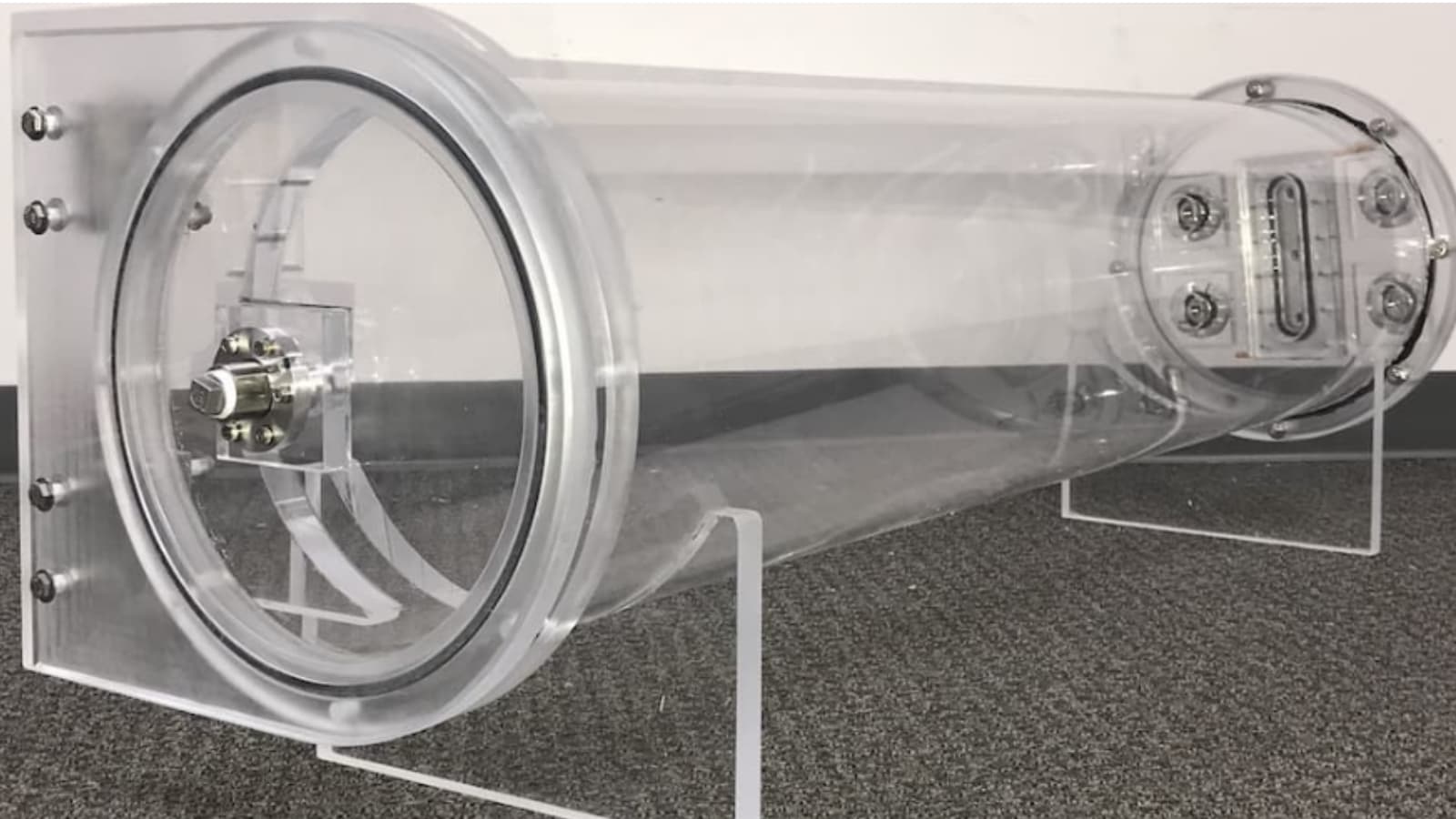Vacuum Casting Material Considerations
Vacuum casting is a widely used manufacturing process that can produce high-quality prototypes and small-volume production runs. Material selection can greatly impact the performance, durability, and appearance of the final product. In this article, we will discuss some of the key factors to consider when selecting materials for vacuum casting.
1.Intended Use of the Final Product
Different uses require different material properties. For example, if the product will be used in a high-temperature environment, it is important to choose a material that can withstand those temperatures without deforming or degrading.
On the other hand, if the product will be used in a corrosive environment, it is important to choose a corrosion-resistant material.

2.Mechanical Properties of Materials
Because mechanical properties such as strength, stiffness, and toughness determine how a product behaves under different loads and stresses. For example, if the product will be subjected to high impact loads, it is important to choose a material with high toughness to prevent it from cracking or breaking.
If the product will be subjected to high tensile or compressive loads, it is important to choose a material with high strength to prevent it from deforming or failing.
3.Aesthetic Properties of Materials
The appearance of the final product can greatly affect its marketability and customer appeal. Different materials have different surface finishes, colors, and textures. Some materials can be easily painted or coated to achieve the desired look, while others may require additional machining or processing.

4.Material machinability
is another key consideration. Vacuum casting involves pouring a liquid material into a mold, which then solidifies to form the final product. Some materials are easier to machine than others.
For example, some materials have a low viscosity, which makes it easy for them to flow into complex mold cavities and fill intricate details. Other materials may have a high viscosity, which makes it more difficult to achieve a uniform and defect-free final product.
5.Cost
Different materials have different costs associated with them. Certain materials may be more expensive due to their unique properties or limited supply. It is important to consider the total cost of the material, including the cost of the raw materials, the cost of machining, and any additional processing or finishing costs.

6.In summary
Selecting the right vacuum casting material is a critical step in the manufacturing process. Material selection can greatly affect the performance, durability, and appearance of the final product.
Key considerations include intended use, mechanical properties, aesthetic properties, machinability, and cost. By carefully considering these factors, manufacturers can ensure that they select the material that best suits their vacuum casting needs.
